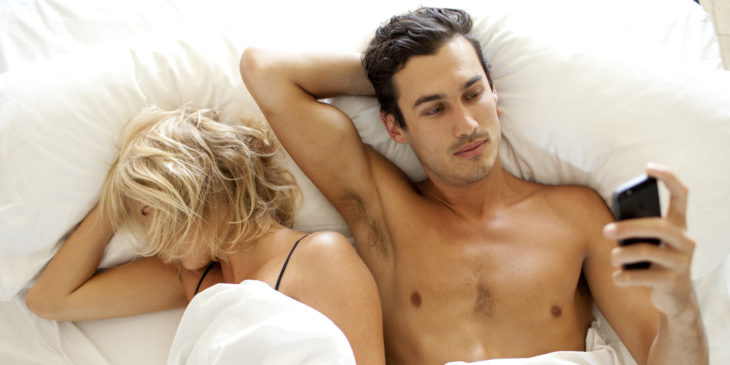Recently, dating and social media site Cheaterville released a survey of its users on the topic of hair color and cheating. The website is a place where you can publicly call out cheating partners — their slogan is “Don’t be the last to know” — and see names of others who have cheated. According to their results, hair color seems to play a role in how likely you are to cheat.
Cheaterville’s survey found that blonde women are more likely to cheat than brunettes, whereas male cheaters are more likely to have brown hair. In fact, 43 percent of female cheaters were blonde (and blondes are, what, 5 percent of the population?), 23 percent were brunette and 11 percent had black hair. As for the men, 40 percent of the unfaithful had brown hair, 23 percent had black hair, 20 percent were blonde and 5 percent were redheads.

Source: HuffPost
However, and this is a big however, this study is quite easily criticized for not taking into account factors such as baldness, hair dye, wigs … anything that could skew the data. Women are more likely to dye their hair than men, so that could take into account why the male statistics more accurately reflect national averages regarding actual hair color. We all know ladies like to go blonde. Additionally, much of the data can be considered anecdotal and thereby less reliable.
The study might be informal, but it begs the question: Why has it been going around to so many media outlets? Why do people find it to be believable?
It’s no secret that for a long time, the concept of a “blonde bombshell” has pervaded American culture (and others). In part because of sex symbols like Marilyn Monroe, Mae West and Jean Harlow, as well as more modern ones like Pamela Anderson and Heather Locklear, many people have associated blondes with being the most “sexual” hair color.

Source: PlugAlert
Plus, blonde hair connotes youth, since fewer and fewer people are naturally blonde as they get older. And people connect youth and beauty with … you guessed it, sex and promiscuity.
Original by yourtango.com
